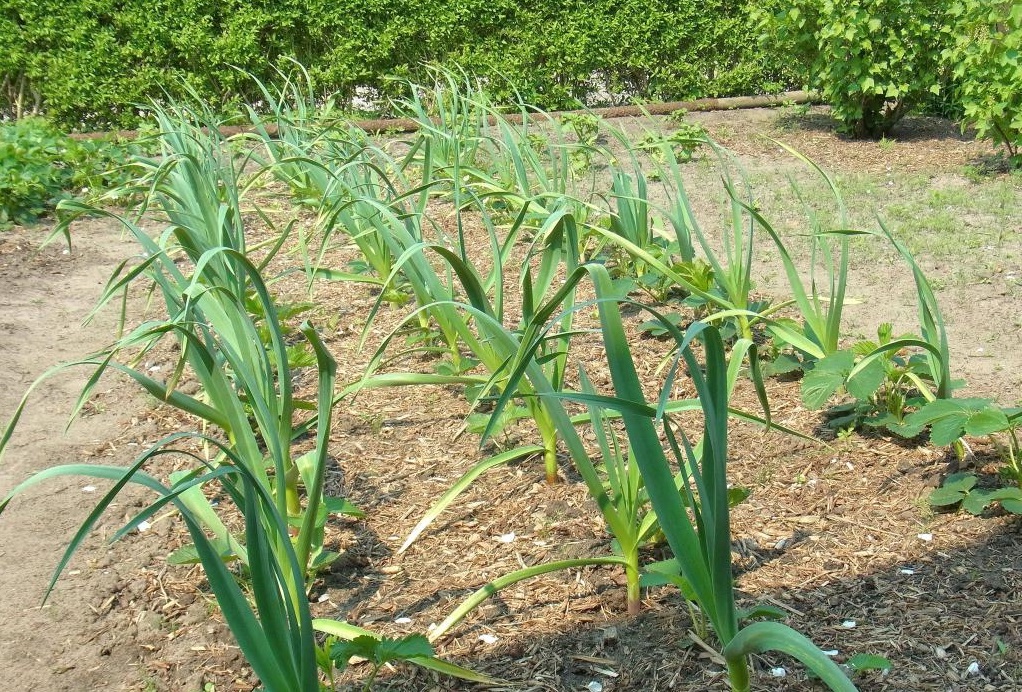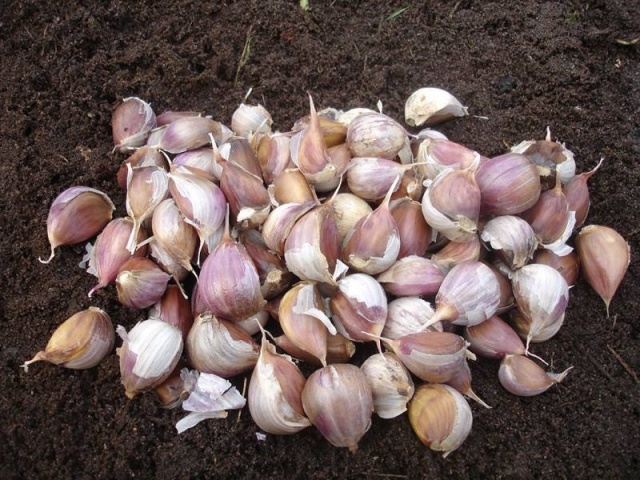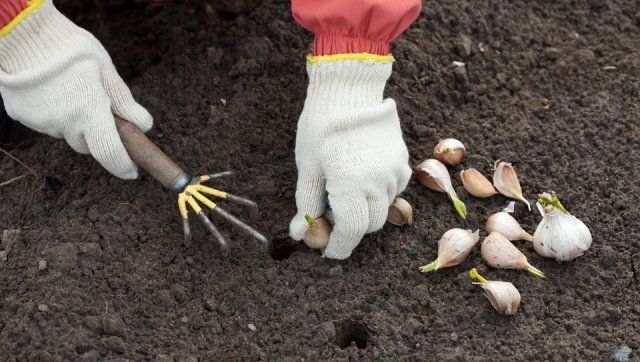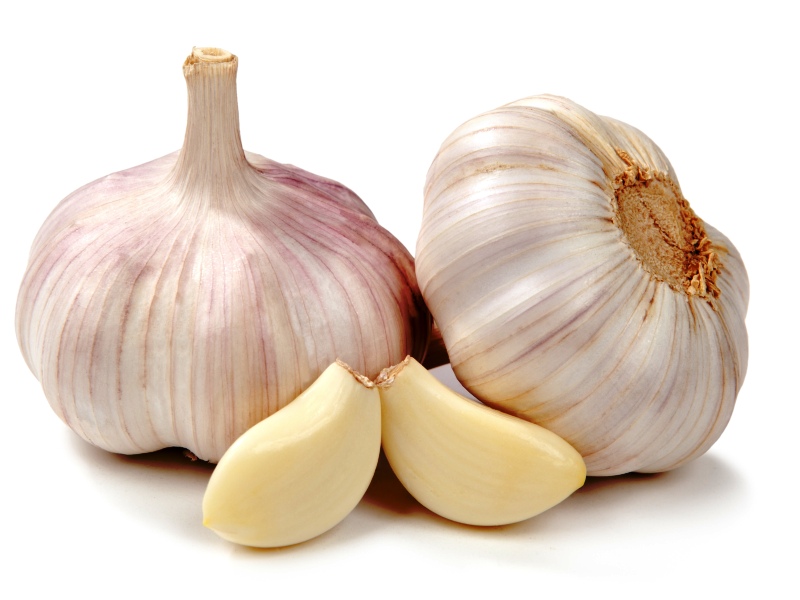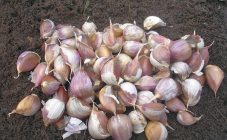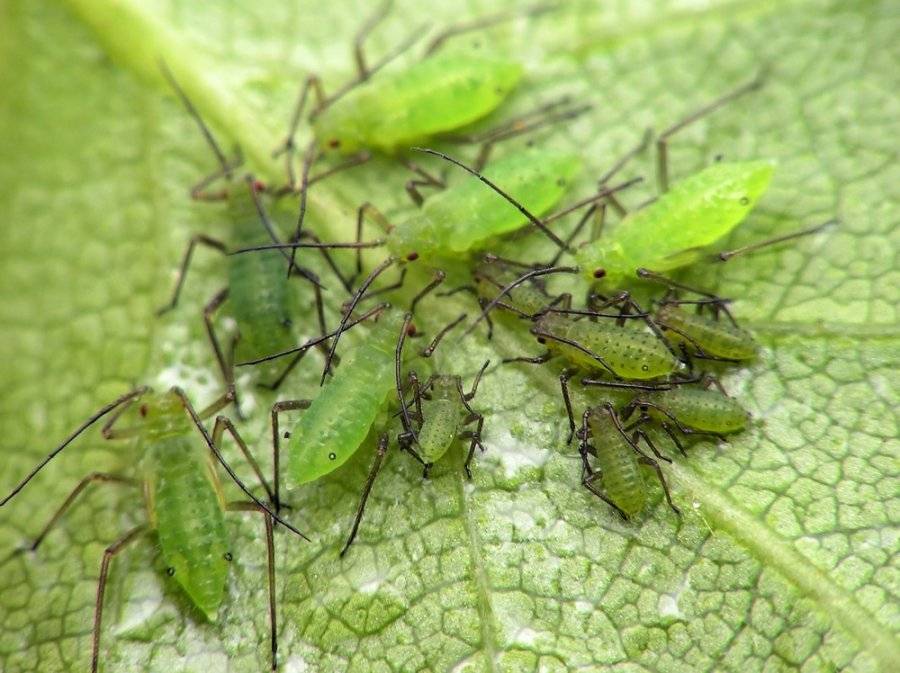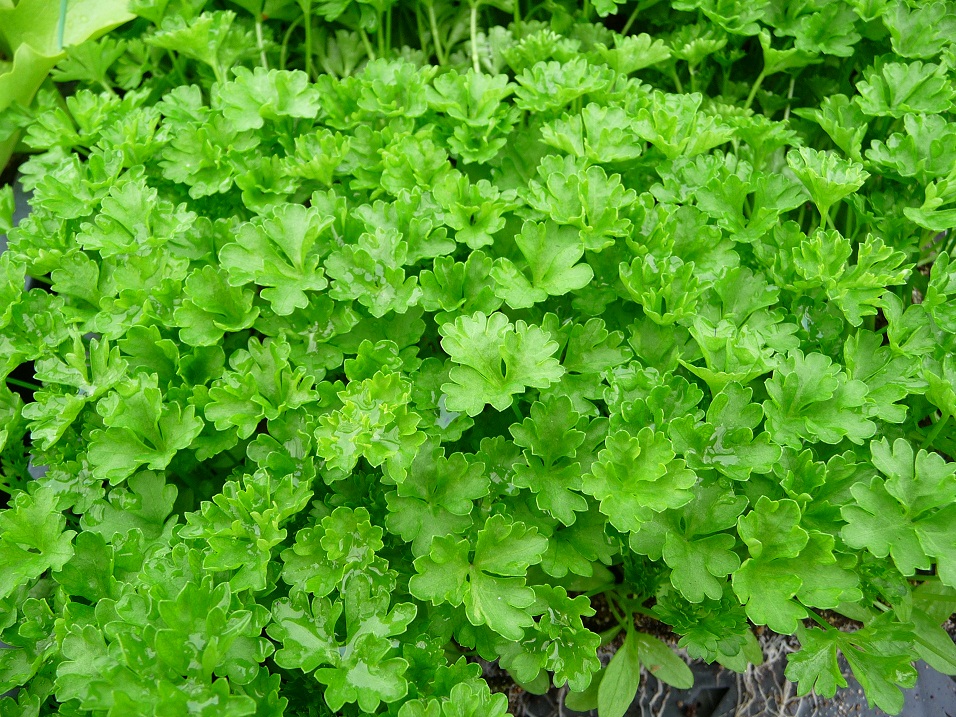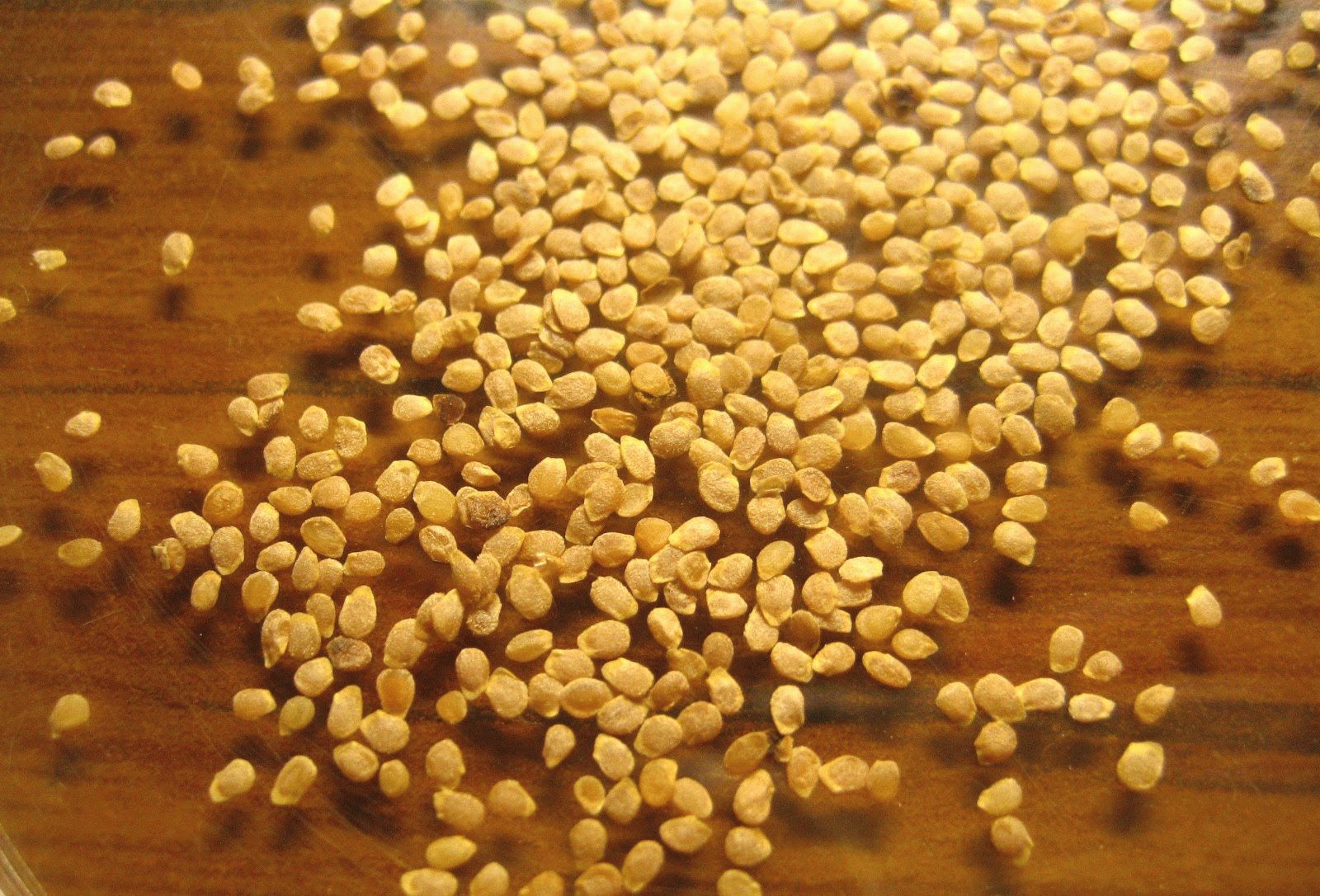Garlic is familiar and in demand in many world cuisines for its original smell and taste; many homemade preparations cannot do without this vegetable. It is also widely used in folk medicine for its powerful antiseptic properties. Therefore, garlic plantings can be found in almost any garden - gardeners are actively engaged in breeding this useful aromatic crop.
Agricultural technology for a high yield
It is recommended to plant garlic in specially prepared soil in the right places. This crop prefers to grow in elevated areas with good sunlight, this contributes to the formation of larger denticles. Areas that are too low are not suitable for garlic planting, as the high humidity in such places leads to root rot. Garlic is resistant to low temperatures.
No less important is the appropriate level of acidity of the site: it is advisable to grow garlic on acidic soils with zero or weak acidity, if the pH level on the site does not exceed 6.5, then the beds should be pre-lime.
The correct selection of predecessors and neighboring vegetable crops is essential for a good harvest. So, it would be optimal to plant garlic in the place where legumes (peas, beans, soybeans, etc.), cruciferous (white cabbage, white radish or radish), pumpkin (cucumbers, zucchini, melons) grew before. But after planting onions, the land will not be suitable for garlic for a couple of years. Not bad, this culture is adjacent to the same zucchini and cucumbers, as well as potatoes, tomatoes and strawberries, currants and gooseberries. With such a joint growth, garlic helps its "neighbors" grow strong and productive and improves its own qualities.
If you plan to plant spring garlic (for example, a fragrant Chinese type of garlic), then the beds are prepared at a time when autumn is already ending, and if winter garlic (for example, the popular Lyubasha variety), then at the end of August or early September.
To make the land under the garlic plantings more fertile, organic fertilizing is applied: mullein, bird droppings, compost mixture or humus at the rate of ten kilograms per square meter.
It is also possible to use a mixture of superphosphate and nitrogen-potassium fertilizer mixed with wood ash. It is also necessary to protect future crops from fungal infection. For this, the land is watered with copper sulfate a few days before planting. From insect pests, as a prophylaxis, they are watered with simple table salt dissolved in water.
Each row of garlic must be provided with a sufficient volume of water, which, however, requires less water than other bulbous crops. Also, a sufficient amount of oxygen must be supplied to the roots of the plant from the soil - aeration and drainage of the places where gardeners will plant garlic are simply necessary.
Reproduction of culture
Garlic can be grown in two forms:
- Shooting - with the conclusion of a special flowering shoot, on which there is an inflorescence of unformed flowers and the so-called bulbs, which, in fact, are airy seeds of garlic (by analogy, like a black onion is formed);
- Non-gouging - in this version, the arrow does not form, it is a purely leafy green vegetable.
These types of garlic also differ in their internal structure: if you cut the bulb horizontally, the slices will look different. Arrowhead garlic has large-sized cloves similar to each other, growing in the shape of a circle, in the center of which an arrow grows. Garlic of a different kind consists of various small cloves growing in a spiral, each clove (baby), as it were, hanging over the other.
It is possible to propagate garlic, which throws out small-shaped shoots, both with cloves and seeds, but non-arrowed ones - only with cloves.
If the gardener plans to use seeds for reproduction, then the arrows on the plants are not touched until all the bulbs are ripe, and the inflorescence film that connects them together does not break. After that, shoots with seeds are cut and stored for 10-15 days in a shaded cool place. If necessary, you can store the bulbs for more than one year, they will not lose their vital properties. When the mini-garlic is dry and fully ripe, it will be possible to plant it in the soil or soak it to form seedlings.
Sowing with seeds
The air bubbles (air bulbs) that form on the arrows of garlic are similar in size and shape to a grain of barley or oat. Sometimes they are round or slightly elongated like peas. Bulbs of different garlic varieties differ in shape and size.
Garlic from seeds can be obtained by growing both in spring (spring) and in autumn (winter). For cold areas, the second method is preferable; in such cases, the garlic should be placed on the windowsill and germinated a little. In the southern regions, it will be grown most often using the spring planting season, which begins immediately after the snow cover disappears - the soil must still be moistened.
How to plant garlic with seeds (bulbs) in spring? You must first prepare the beds: their recommended sizes are up to 15 centimeters in height and 0.9 meters in width. One sq. meter is filled with up to 4 kilograms of humus or compost mixture, supplemented with 1 tablespoon of superphosphoric fertilizer. Then you need to dig up and level the soil. Grooves are pulled out, with a depth of 3 to 4 centimeters, while the distance between adjacent ones should be at least 10 centimeters. Depressions are made in the beds in steps of a couple of centimeters. The prepared garlic seeds are immersed without much pressure (otherwise the bulb can be damaged) into the soil with the wide part down and sprinkled with earth on top. You can add humus mixed with ash for better feeding.
You can use another way of how to grow garlic from seeds, then subsequent care measures are noticeably facilitated:
- the prepared soil is covered with a double layer of newspaper sheets soaked in water;
- with a stick, rows of small round holes are pierced;
- prepared seed material is carefully planted in these holes and immediately sprinkled with humus;
- the planted garlic on top is lightly covered with sand or soil, sometimes you can add sawdust mulch or chaff.
This method inhibits the growth of weeds that interfere with the full development of the young growth of garlic.
Further care is feeding with ammonium nitrate or superphosphate fertilizers at the rate of 10 grams per 1 sq. m: the first time - 30-40 days after the appearance of the first shoots, the second - after 14-15 days (in this case, the fertilizer concentration should be lower), and the third - at the end of the first summer month and is carried out with ash from wood at the rate of 1, 5 glasses per sq. meter of the garden.
Each garlic planting must be watered, especially in hot and dry periods, while the depth of spillage must correspond to the length of the root system - about 0.4 meters. Watering should not be too often, the main condition for additional watering is the drying ends of green leaves. Non-mulched beds must be loosened after being saturated with water. Garlic grows best at an air temperature of no higher than plus 20 degrees.
After ripening, from the planted airs, one-year-old one-toothed garlic is obtained, from which real garlic heads will come out the next year.
How best to plant garlic with seeds or cloves
Many gardening experts recommend propagating garlic with bulbs (since their sale is not common, gardeners cultivate them on their own). In this case, a high-quality planting material is obtained that does not suffer from transmittable diseases, as happens with annual reproduction with cloves. In addition, there is a savings in marketable garlic, since you do not have to bury a significant part of the harvested crop back into the ground. Garlic bushes grown from bulbs are healthier, stronger and more resistant to pests.
Garlic is a frequent visitor to kitchen gardens and tables. The cultivation of this vegetable crop is available even for beginners - it is enough to observe simple conditions: the provision of light, the correct substrate and neighboring plants. Most often and best of all, garlic is propagated by the so-called air seeds - bulbs, with the help of which, after 2 seasons, you can get an excellent marketable garlic.

